|
Aliens, boonies, and winds … oh my! The Carlsbad, New Mexico, area is known for Carlsbad Caverns, its close proximity to the Guadalupe Mountains and Roswell, and the wind. We thought we had experienced the most extreme weather we’d face in our travels when we survived a major windstorm in the area. But, the following weekend, the forecast called for gales of 30 to 55 mph with gusts up to 75 mph. Battening Down the Hatches Our rig wasn’t built to be lived in with the slideouts closed. In fact, when the four slides are in, we can only get to two rooms: the bedroom and the bathroom (the most important rooms on a long journey). Because of the severe weekend weather, we closed all the slides to give Tagalong the best chance to handle the storm unaffected. Saturday, we ventured into town, a nice reprieve after a busy work week and a welcome break from the wind. Upon return to the trailer, we hunkered down in the bedroom for the evening. The winds continued to roar the next morning, and our tummies grumbled. Eventually, we had to get into our kitchen to get some food. But that required opening our dining room slide. Bob figured out an app on his phone would allow him to close the dining room slide with us in it — even though we’d be cut off from the bathroom. But the winds were too great to keep the slide open. We locked ourselves in the kitchen and living area, fed our bellies, and rode out the storm, enjoying the adventure as if we were kids in a self-made fort. It gave us a good taste of what Tagalong normally experiences when we travel down the highways: lots of rattling and shaking. By Monday morning, the winds finally subsided, and we emerged whole — as did Gulliver and Tagalong. Boondocking Business When boondocking, you have to be self-reliant, and that includes filling your rig with freshwater and emptying the black (toilet) water. Bob’s brother, Tom, let us borrow his macerator and portable black tank for the latter process, which turned out to be a two-person job. Tom ran the macerator attached to Tagalong, and Bob monitored the waste level in a portable black tank situated in Gulliver’s bed. A loud vibrating sound emanated inside and outside the trailer for about five minutes while the macerator chopped our sewage into tiny particles and propelled it through a hose into the carrying tank. The transfer successful, Bob drove to the nearest established campground and paid a fee to dump the contents of the portable tank into the dump station there. The fee also covered the purchase of freshwater. Bob filled a couple of portable bladders with a total of 37 gallons of water to refill our depleted resource. Once he returned, Bob hooked up a pump to Tagalong’s water inlet and force-fed the water into the tank, a process that took about 20 minutes — but meant we could continue to shower and wash dishes. Third Time’s a Charm We couldn’t pass on the opportunity to visit Carlsbad Caverns while in the area. Unfortunately for us, many other people had that same idea, as we quickly discovered. After two failed attempts to arrive at the national park early enough to be counted among the day’s 1,000 permitted cavern visitors, we got smart. We rose early, dressed in layers, packed chairs and blankets, and headed to the park — about an hour and a half before its scheduled opening. A long line of visitors greeted us, and we settled in for the wait with hopes that we had arrived early enough to get in this time. After about an hour, a park worker made her way down the line, taking a count of how many tickets people intended to purchase. Fifteen minutes or so later, two rangers greeted each visitor and handed out time slot markers to go down and see the caverns. We made the cut!
When our scheduled time came, we took an elevator 750 feet below ground for a self-guided tour. The elevator doors opened to an expansive, dark cavern. Our eyes adjusted, and we followed the 1.25-mile trail around the Big Room, in awe of the beautiful formations surrounding us. We felt like we had walked into the belly of an alien’s nest. Either we spent too much time in southern New Mexico, or we’ve seen too many science-fiction movies. Regardless, we plan to visit Carlsbad Caverns again when we have more time to spend there.
5 Comments
Howling winds gusting 25 to 35 mph shook us awake at the wee hours of the morning. We knew they had been predicted for New Mexico’s High Plains, but we’d hoped we’d be able to sleep through them. Gulliver stood protector, but his girth couldn’t keep the southwesterly air currents from blasting at Tagalong and rattling the covers over his slideouts. After tossing and turning for about an hour, I got up to move to the couch, thinking it would be quieter out of the direct line of the wind. But the banging of a kitchen vent made the alternative noise in the bedroom seem quiet. Bob got up with me, and we decided our best course of action would be to close all three of our slides facing the south. But that meant first moving things out of the way to make room for the slides to come into the coach. That plan of attack succeeded in quieting the tempest, giving us some respite. The morning light brought continued winds and a forecast of gusts up to 40 to 50 mph. Keeping the bedroom slide closed to allow Bob to make up for lost sleep, I opened our kitchen slide so I could access my office. And I opened the office slide about halfway. This staggered slideout approach seemed to take away the brunt of the wind force on us and the accompanying noise. We had experienced considerable wind in Yuma, too, but we didn’t mind it there. We had a tight, yet perfect, fit right next to my parents’ house, which largely protected us from the gales. The winds there paled in comparison to those we had experienced in South Dakota last year. But these New Mexico winds rivaled South Dakota’s. Around 5 p.m., they finally subsided. The fact that we were boondocking in New Mexico added another element to the situation, making Gulliver and Tagalong our only shelter from the storm. Neither Tagalong nor Gulliver endured any damage, but they were worn out after the long battle. Beginning Boondocking Thankfully, we weren’t alone in our wind encounter. When we said goodbye to my parents and Yuma, we traveled 2.5 hours and joined Bob’s brother, Tom, and his wife Molly to travel east together. They’ve been full-time RVing for more than two years and have a lot more boondocking experience than we do. Because of our inexperience, we stocked up on groceries as if we wouldn’t see a supermarket for a month or longer. We didn’t even shop like that when we bought groceries for a two-week camping vacation for our family of seven. To be fair, though, we had been unsuccessful last year in finding certain items across the country that we normally purchase, so we amassed some of those things. Then, we had to cram all our purchases into every nook and cranny we could find. Also in anticipation of boondocking, Bob converted our showerhead to a more water-efficient one. And, he upgraded our living room TV after a flying keyboard rendered the original one unwatchable. Yes, there is a story there. We have a computer that connects to our TV to give us a big screen for research and video games. For the computer, we have a wireless keyboard. A ledge sits directly in front of our TV. When Bob went to put the keyboard on that ledge, the keyboard slipped out of his hands, and the corner of the keyboard hit the TV pretty hard, permanently damaging the picture. This incident turned out to be a blessing in disguise as we were able to replace the TV with a more energy-efficient, less expensive model — another boon for boondocking. 1 Bird, 2 Rest Areas On the way to our destination near Carlsbad, we spent a night at a beautiful rest area near Deming, New Mexico, that featured overnight campsites with pavilions, picnic tables, sewer hookups, a shared water spigot, and expansive views — all for free! Back on the road the next morning, we took time to stop at another rest area known for its recycled roadrunner sculpture, made out of old bike tires, shoes, electronics, and even crutches. The bird stands 20 feet tall and stretches 40 feet wide. You can’t even tell it’s made of recycled materials until you get close. After driving through desert landscapes, rock formations, nothingness, and mountains, we stopped at yet another New Mexico rest area. And at this one, a live roadrunner posed for pictures. How fitting that the roadrunner is the state bird of New Mexico.
Anywhere we visit offers sights to see, so we try to take advantage of those opportunities whenever we can. Our stay in Yuma was no exception. From its mountains to its history to its close proximity to the Mexico border, the “Gateway to the Great Southwest” has much to offer. Here’s a look at some of the most visited attractions we enjoyed: Historical Lockup Located on the border of California, the Yuma Territorial Prison is the oldest in the state of Arizona, dating back to 1875. The first inmates built the facility, some of which is still standing today. You can walk through a sally port to enter the prison museum, tour the cell blocks, peek into the hospital, and even enter a cell in the newest yard, opened in 1900. You can also climb a guard tower that overlooks the Colorado River. One of the biggest highlights is the Dark Cell, aptly named for its dungeon-like atmosphere. This served as the cell for solitary confinement, although multiple inmates shared it at the same time more than once. After 33 years in operation, the prison closed — but not for good. It actually served as the city high school between 1910 and 1914, after the area high school burned. I don’t want to give away all the interesting details of this unique state park. It’s worth a visit if you’re ever in Yuma. An International Adventure We may not have been able to take a cruise for a year, but that didn’t stop us from leaving the U.S. for a short excursion. Not only does Yuma border California, but it’s also close to Mexico — specifically Los Algodones, Baja California, a popular destination for dental work and eyecare. So close that you actually have to drive through the tip of southeast California to get there. Having no medical or dental insurance for 10 months, we were in need of teeth cleanings. So, we left Gulliver and Tagalong behind and ventured to the border with my dad, parked on the U.S. side, and walked across to Mexico. Only 400 meters in, we arrived at Castle Dental, where we had scheduled appointments. I’ve never had such a smooth, painless teeth cleaning. Nor have my teeth ever looked as clean after. Bob and I both got exams and X-rays — not the super uncomfortable kind where you have to bite down on what feels like a strong piece of plastic sticking up in the roof of your mouth. No, the dentist held something up to the roofs of our mouths, nodded to his assistant, and a picture of our teeth showed up on the computer screen in front of our chairs. Technology at its finest. Two cleanings, two exams, and two sets of X-rays — all for the reasonable price of $60. You can’t beat that. Bob also ordered a backup pair of glasses from another shop in Los Algodones, Castle Optical. He and Dad ventured back down to Mexico the following day to pick up the glasses, and Dad got his teeth cleaned. He left just as amazed as us at the quality of work. Snaky Climb My parents have a view of the Gila Mountains from their house. Part of that view includes the well-traveled Telegraph Pass Trail, a 5.3-mile path that leads to a peak dotted by communication towers. In November, Dad started hiking this trail three times a week and was eager to share the experience with someone. I’ve always liked the great outdoors and physical activity, so I jumped at the chance. The trail starts off easy enough. We faced a few rolling hills for the first 1.5 miles or so on the way from the car to a utility gate. And that’s where the real climb starts. It’s paved all the way up from that point, but that doesn’t mean it’s an easy climb. Far from it. Clad with a Camelbak hydration pack, I was determined to make it all the way up without taking a break. I figured if I sat down, I might not want to get up again. I knew slow and steady wins the race. If I’d just keep putting one foot in front of the other, I’d make it to the pinnacle. The closer we got to the top of the trail, the steeper it grew. I finally succumbed and took a sit-down break. I hadn’t done anything this strenuous in quite some time. After about a 10-minute breather, we set out again and didn’t stop until we topped the peak … well, almost. The first communication tower we came to wasn’t at the very top. After we sat there long enough for me to inhale a snack, we continued northward on the path to all of the towers, which meant more climbing. Upon finally reaching the true apex, we enjoyed a respite and the view of the valley below. Rested, we slowly made our descent. About halfway down the really steep part, my legs felt like Jello. I had to sit. When we restarted our decline, my thighs voiced their disapproval, but I pushed on. Part of the way, I zig-zagged to lessen the stress on my ailing muscles.
Before long, our hiking boots transitioned from concrete to rocky terrain, and we arrived at the utility gate. The hardest part behind us, I forgot we still had another 1.5 miles to go over some rises and dips. We trekked on, and I’m happy to say we made it. The activity may have adversely affected my walking ability for a few days, but I’m thankful I got to share the experience with my dad. |
AuthorThis is the travel blog of full-time RVers Bob and Lana Gates and our truck, Gulliver, and fifth wheel, Tagalong. Categories
All
Archives
July 2024
|
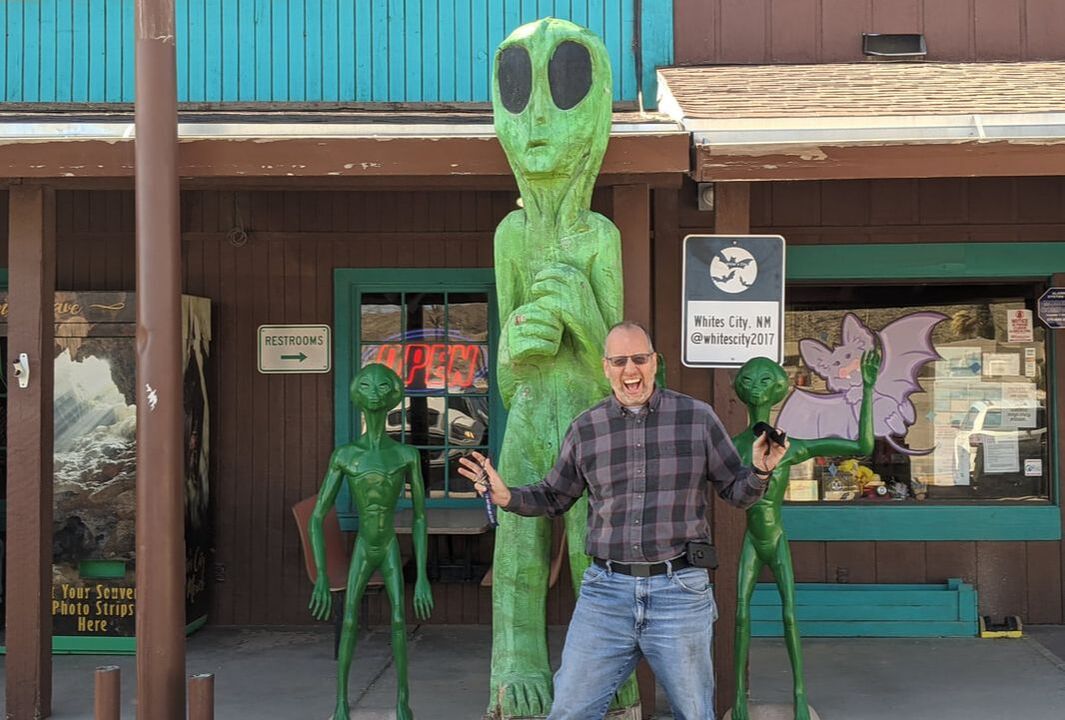
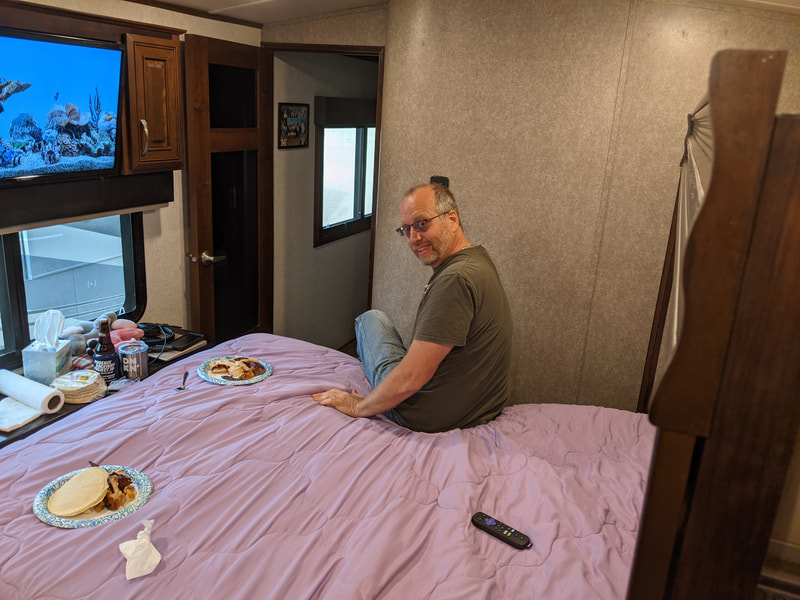
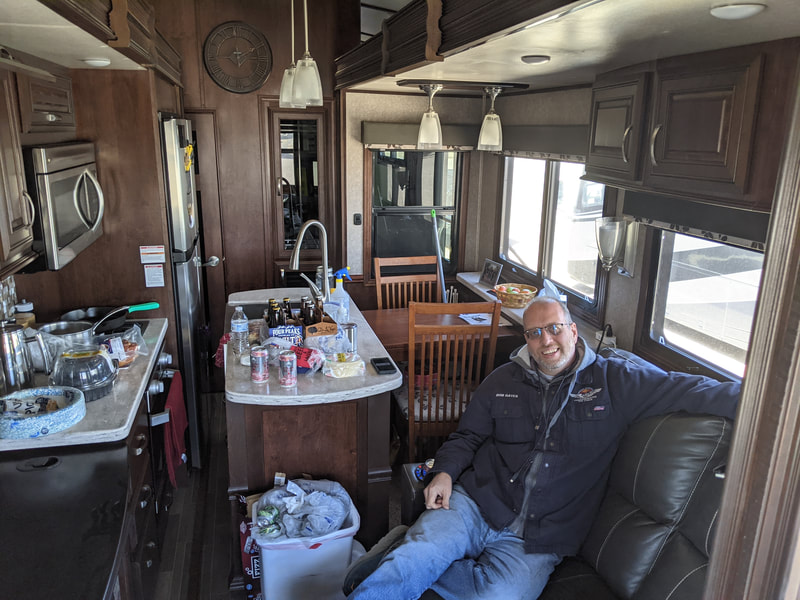
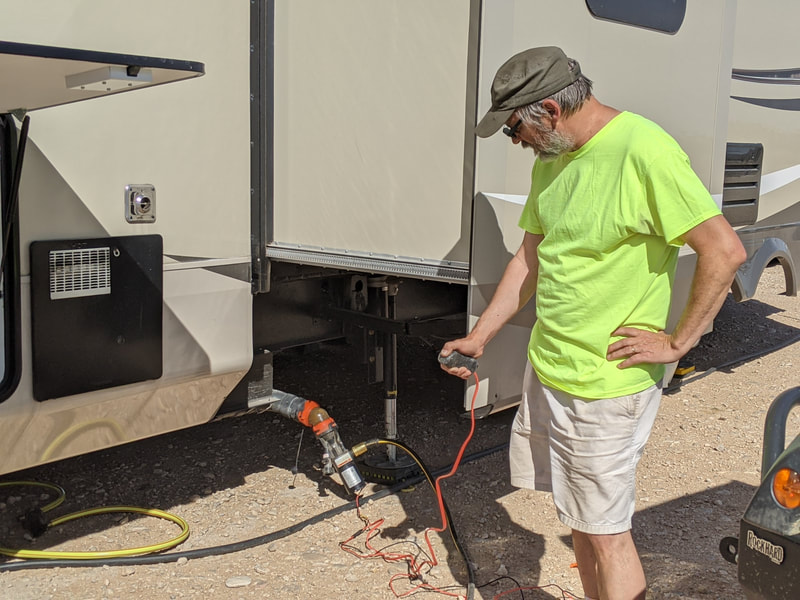
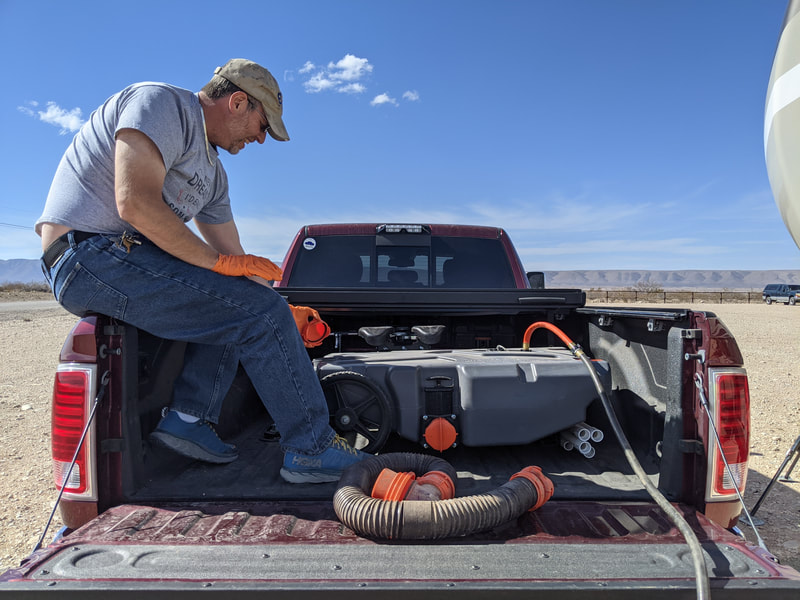
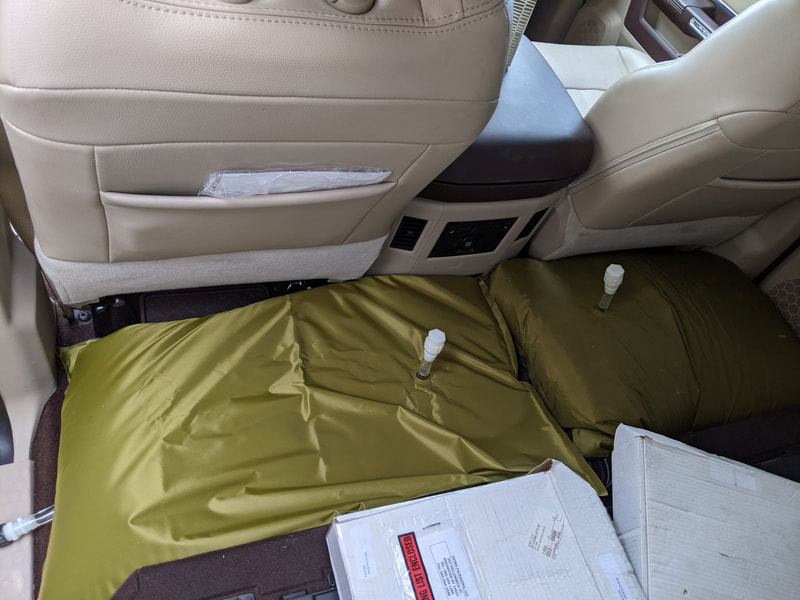
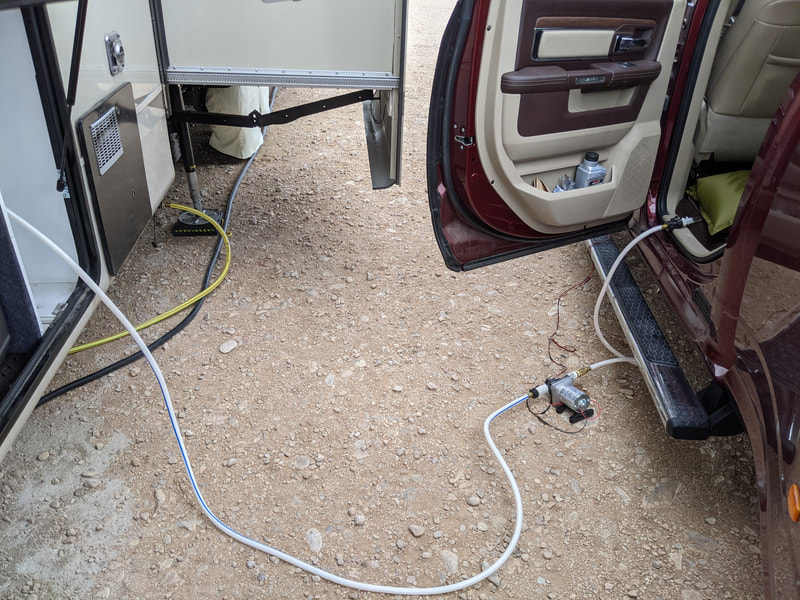
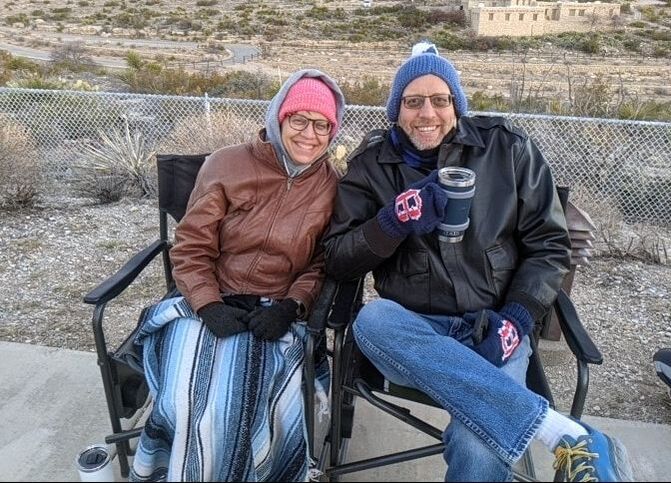
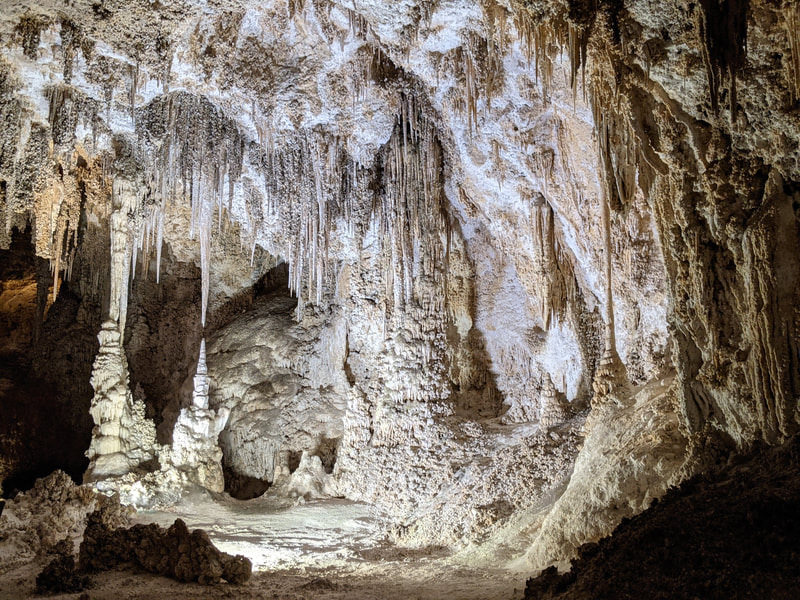
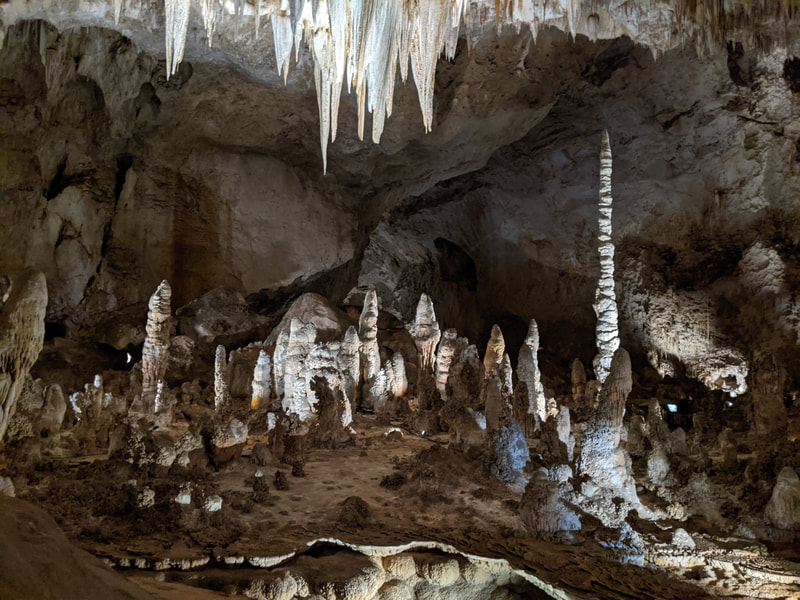

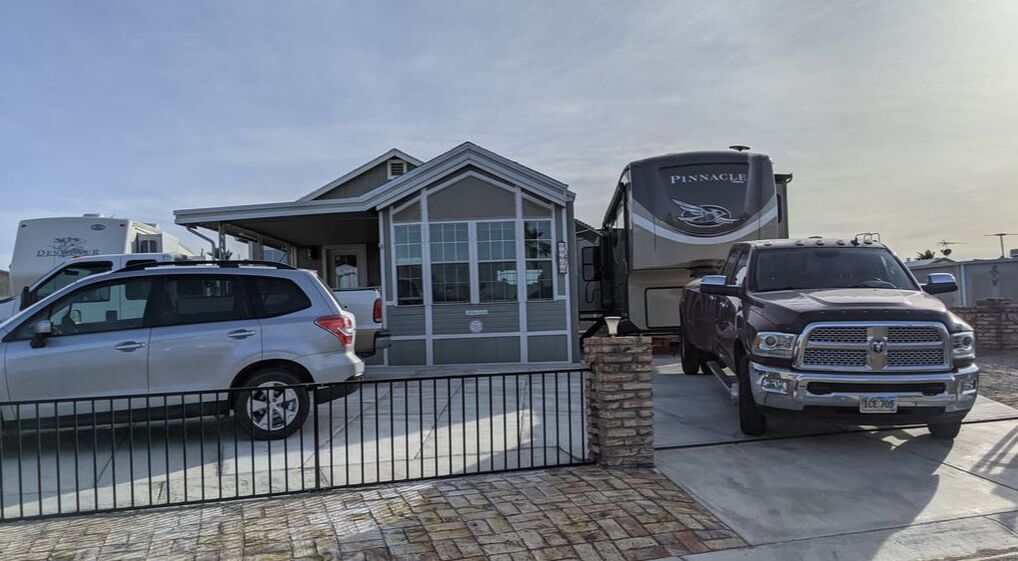
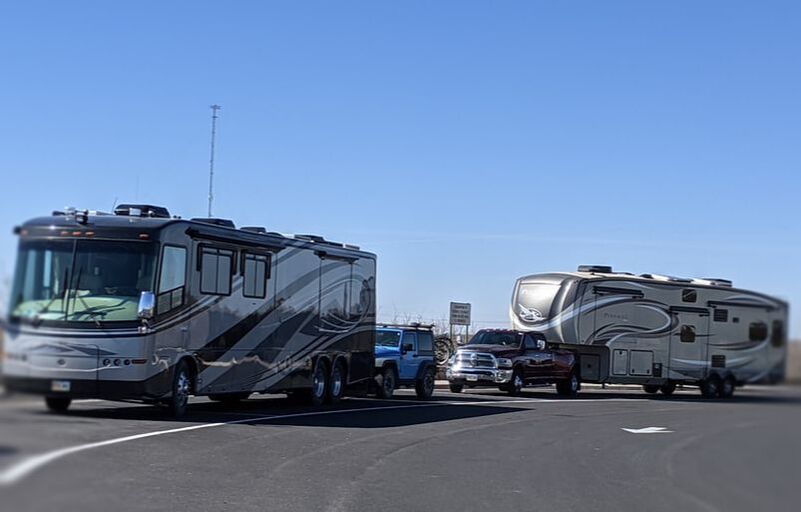
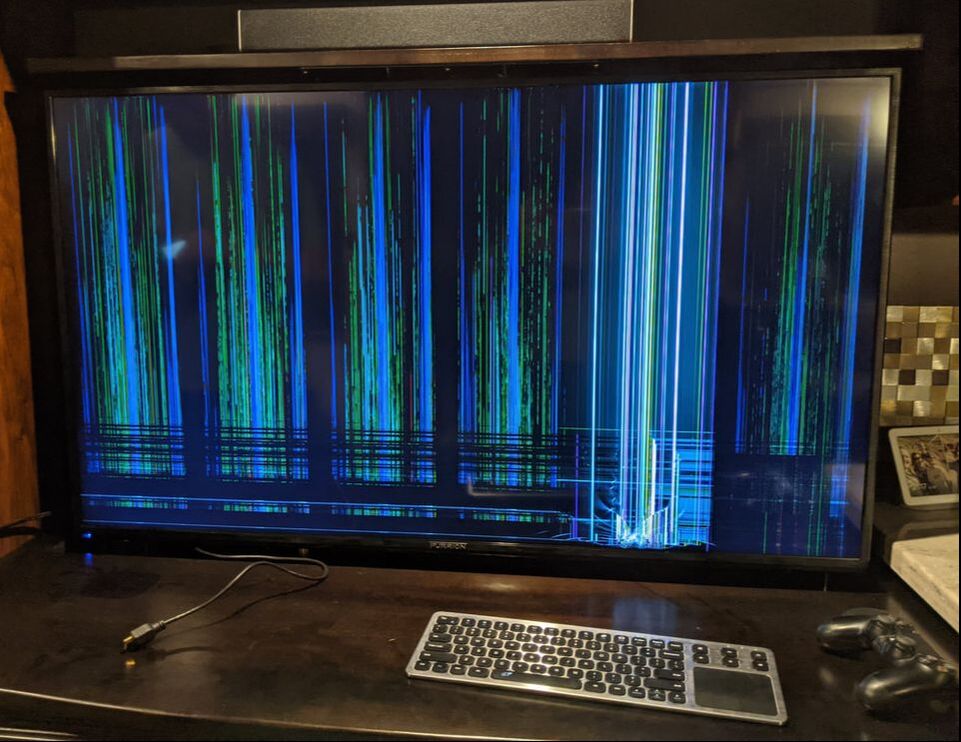
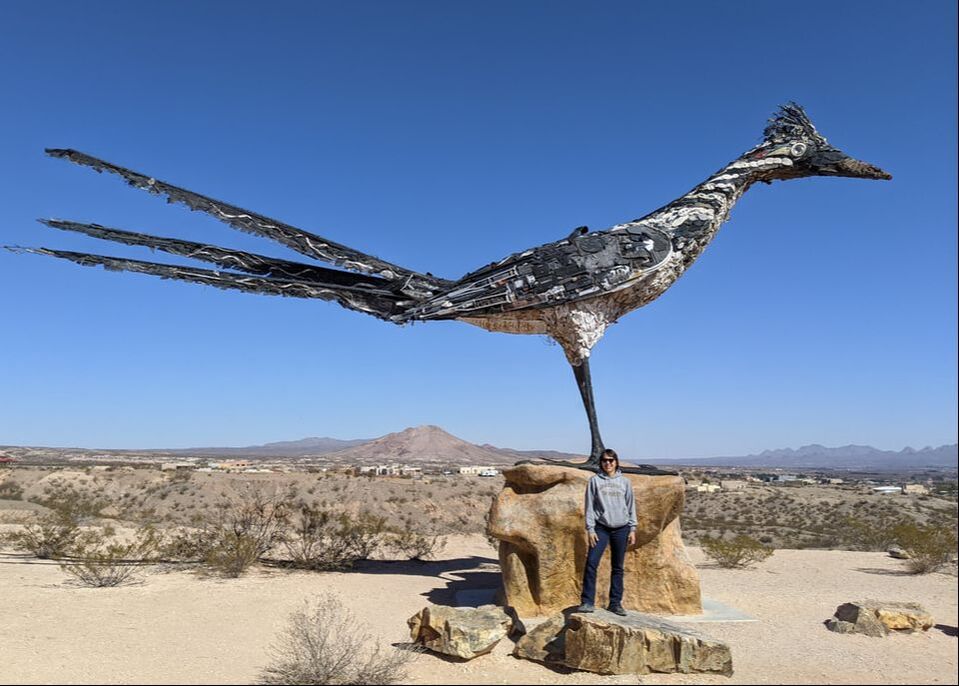
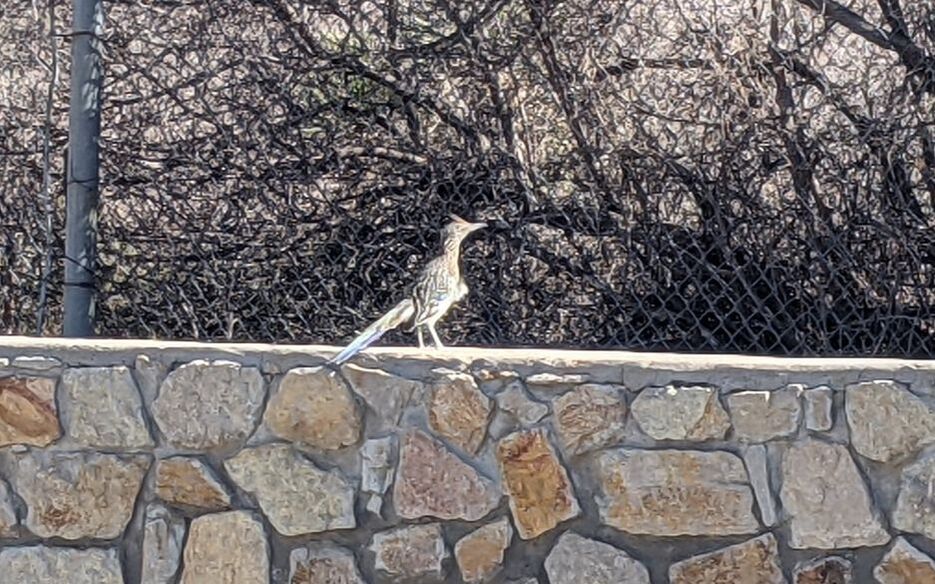
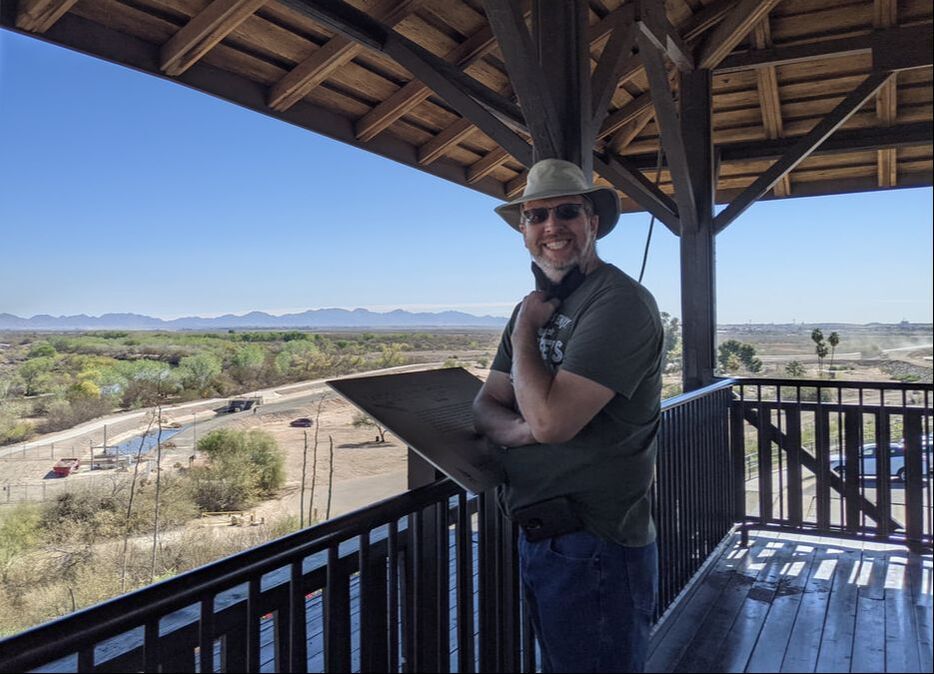
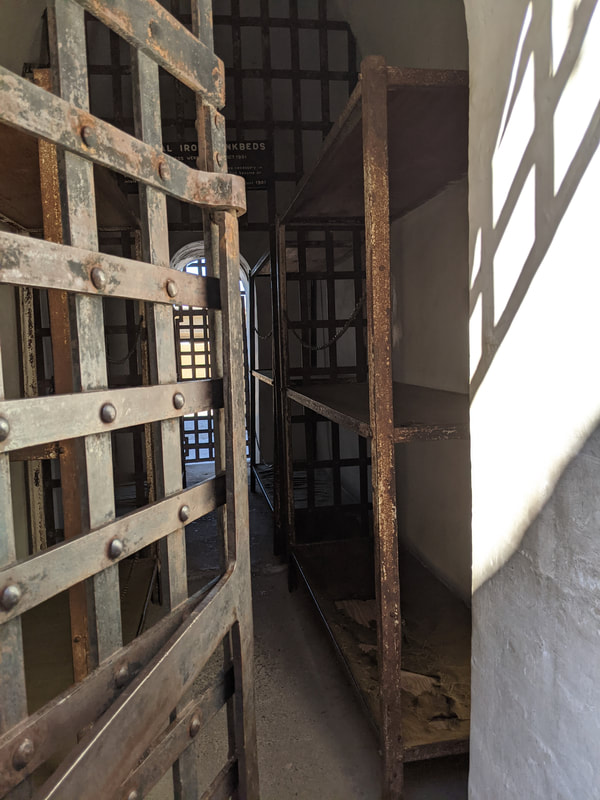
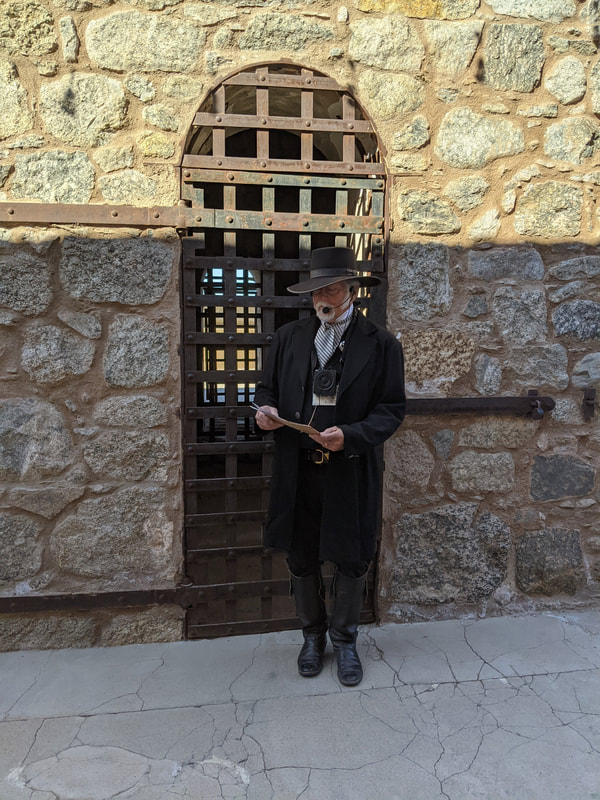
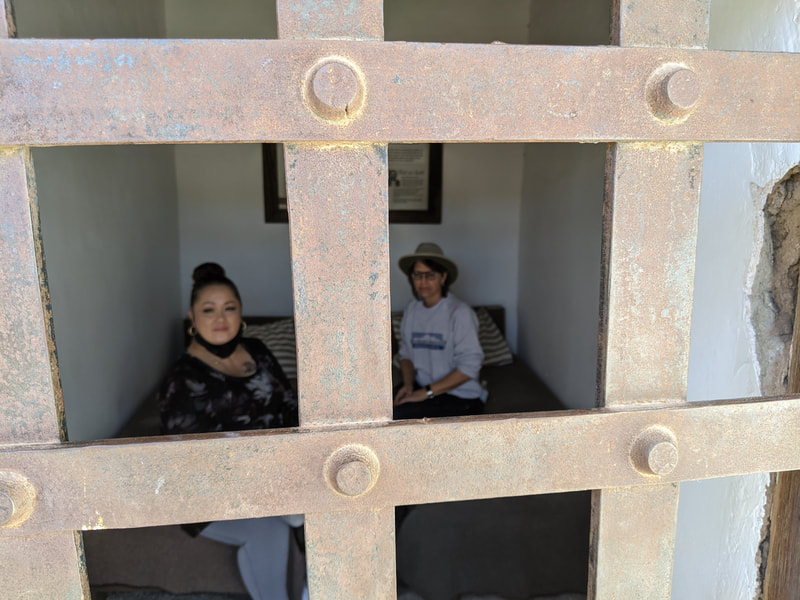
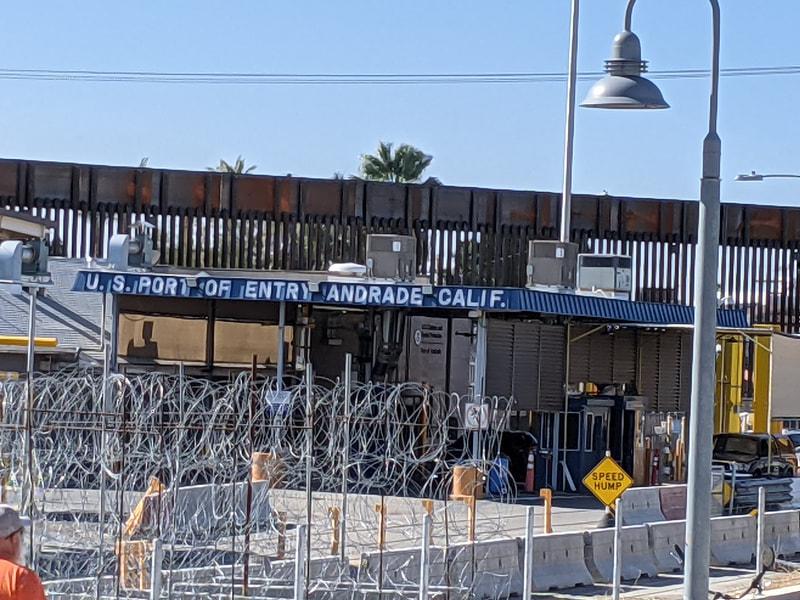
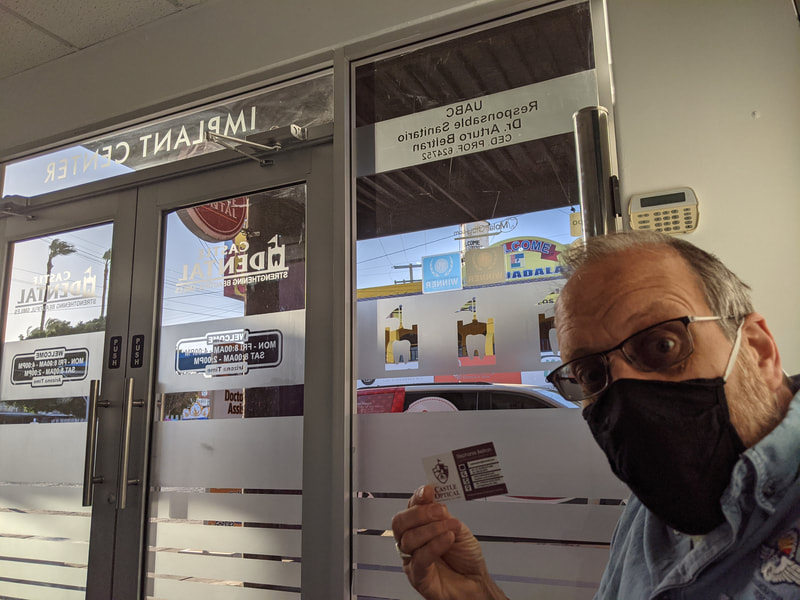
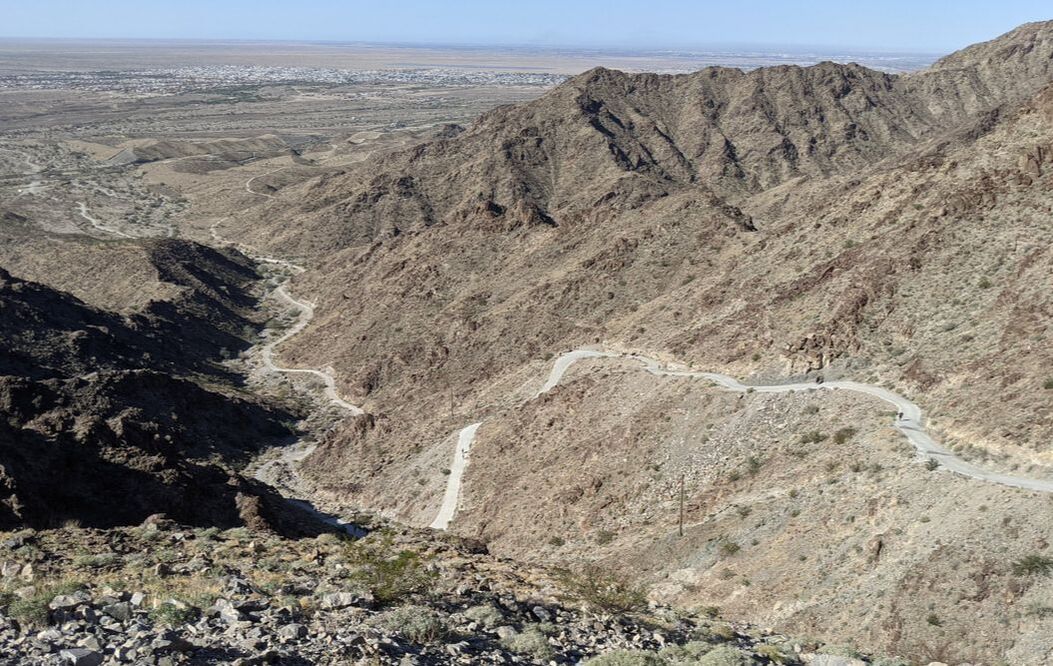
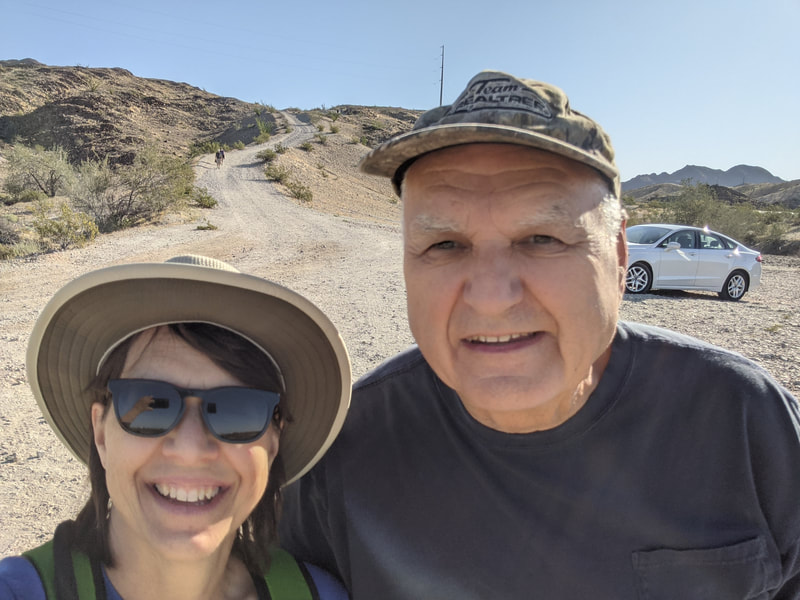
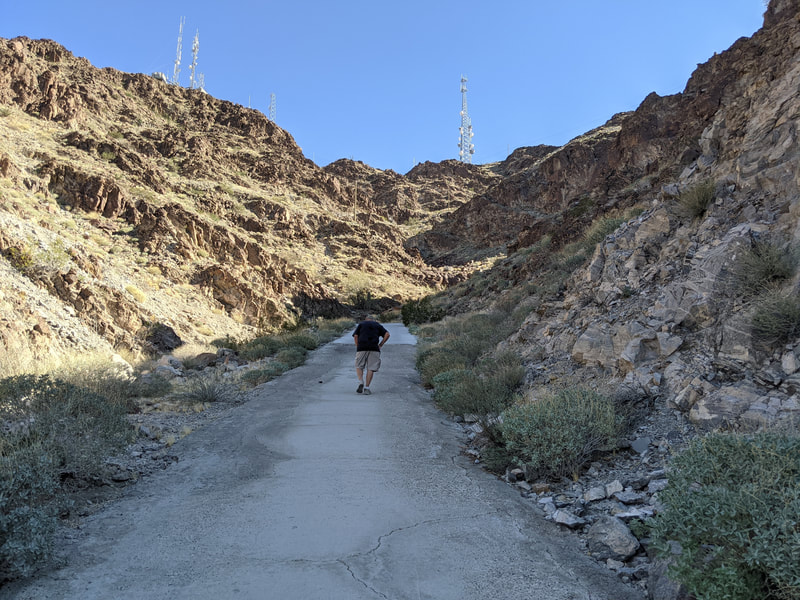
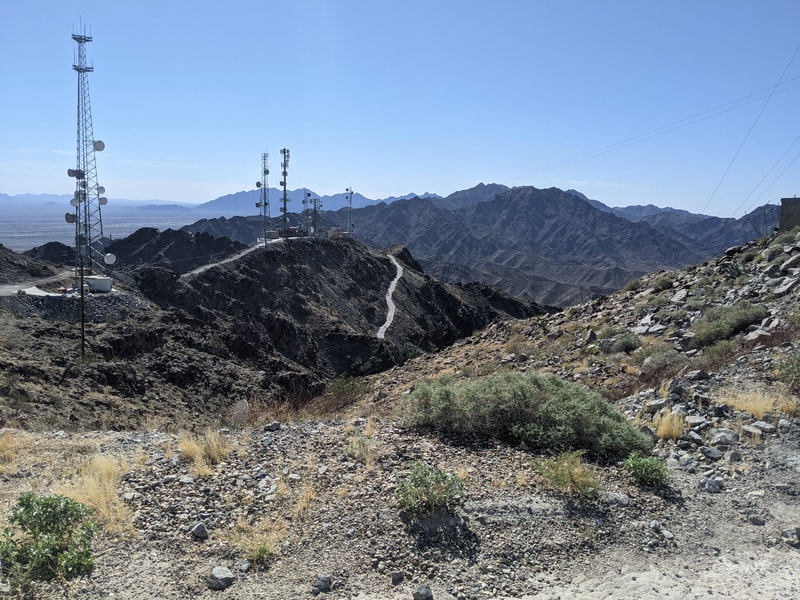
 RSS Feed
RSS Feed